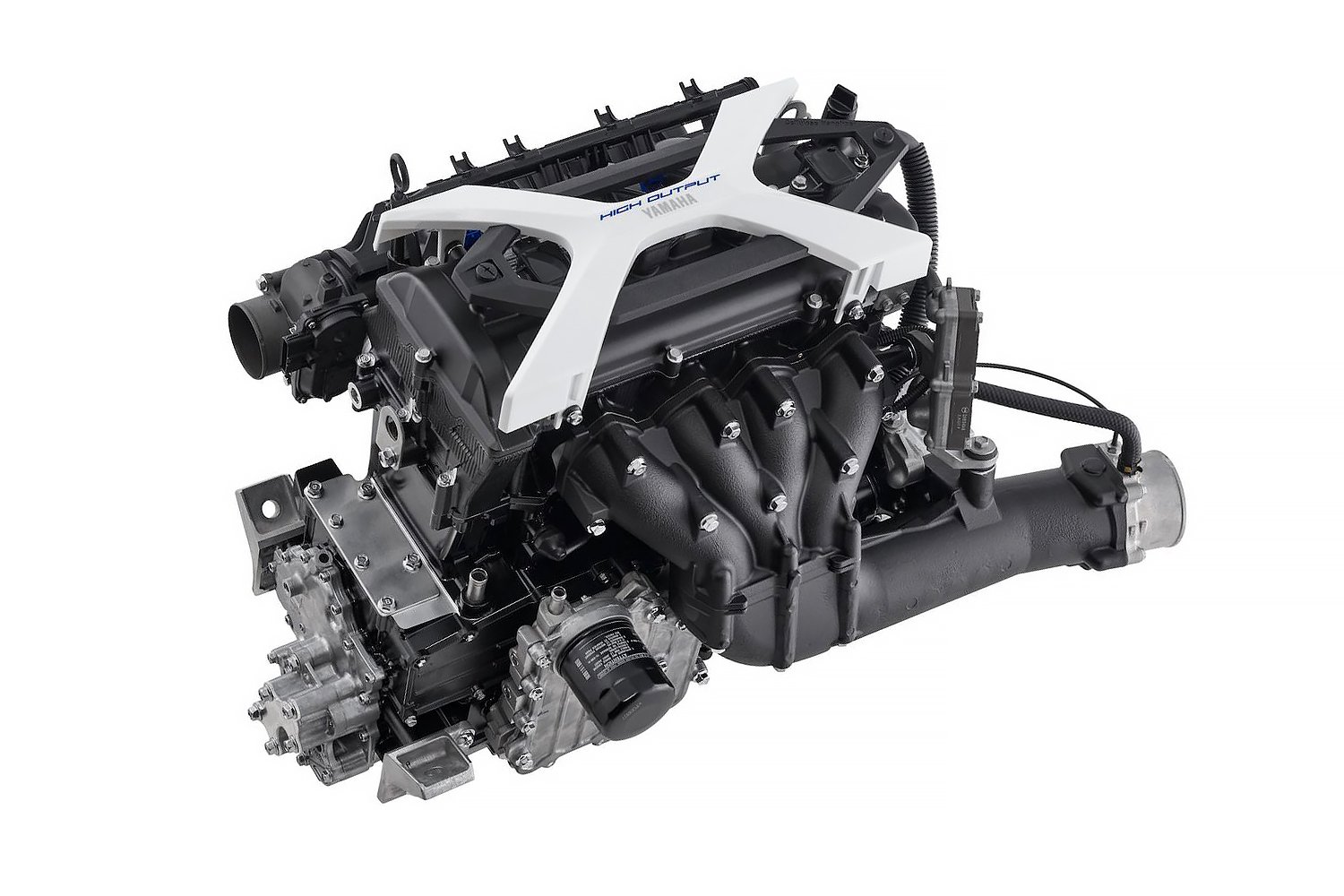When it comes to insanely powerful diesel engines in a competition application, Jeremy Wagler of Wagler Competition Products is one of the big names in the space. Recently he was having an issue with blow-by increasing after as few as three passes in his billet-block 3,000-horsepower competition diesel engines. Obviously, his first call was to Total Seal Piston Rings for help. After trying a variety of piston ring materials with little changing, results-wise, Wagler and Total Seal decided to look deeper, for a root cause.
There’s no ignoring that cylinder honing has come a long way in the past few years, with a lot of performance being unlocked. So, it’s not really a surprise that, when different ring materials weren’t proving to be the magic elixir to cure Wagler’s woes, the Total Seal team turned to the cylinder finish.
It was identified that the issues were being caused by fuel washing the cylinder walls. In liquid form, fuel — be it gasoline or diesel — is the enemy of lubrication. Wagler tried various strategies to manage unburnt fuel in the cylinder, including changing the piston crown design to help contain the injector spray and keep fuel off the walls. Even with the new piston design, there was an issue keeping the piston rings sealed and lubricated.

As you can see here, the pistons were suffering from a multitude of symptoms, all traceable to liquid fuel in the cylinder.
“Oil is both the lubricant and the sealant,” explains Total Seal’s Lake Speed, Jr. “Oil is the gasket for the rings, helping to prevent blow-by.” By washing away that oil, not only was Wagler seeing increased blow-by, but it was causing excessive piston skirt wear in short order. “By changing the hone, we’re able to hold more oil on the cylinder wall to improve lubrication and cylinder seal,” Speed explains. “Then, by changing the piston design, you were able to mechanically keep fuel off of the cylinder walls.”
“The previous hone we were in the 15 to 20 range for Rvk numbers,” Wagler explains. “We started trying some rougher hones, bought some new diamond stones from Sunnen, and got our Rvk up into the 80 range, and it’s working well in this application now.” Speed elaborates, saying “We’ve got guys going up to 140 in the Rvk numbers on compound boosted applications.” While big-power gasoline engines will probably only ever need to get into the 80-ish Rvk range, crazy-boost diesels are a different application altogether.
“No one would have believed these numbers five years ago, but when we were trying to figure things out, the only thing we could collectively come up with is that we needed more oil retention. We started working with the guys at Rottler and started working on a new honing process to hold more oil without becoming a rougher finish. This ‘extreme plateau’ finish seems to work in everything,” says Speed.
Really, the key to all of this progress has been the ability to maintain the smooth plateau finish to minimize wear and maximize seal, while deepening the valleys of the cylinder finish to hold more oil. While it sounds easy and simple enough, it has taken a significant amount of research and development effort to get it sorted out. And thankfully, the R&D teams are still working towards even more improvements in the future.

These numbers are typical of the current “extreme plateau” hone profile. Deep valleys and smooth peaks make for reduced friction and increased oil retention.




